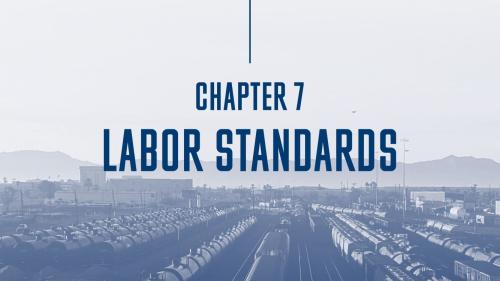This morning’s jobs report showed continued steady progress toward full employment in July. Employers added 215,000 to their payrolls in the month, and upward revisions in BLS employment numbers for May and June increased job gains in those two months by 14,000. As usual, virtually all the increase in payrolls occurred in the private sector. Government employment inched up just 5,000 in July, about the same rate of gain as in the previous 11 months. Since the beginning of the Great Recession public payrolls have shrunk more than 450,000, or 2%. Over the same period private employers added almost 4.2 million jobs. In the past 12 months, private employers accounted for 98% of all gains in payroll employment. So far the employment recovery has been overwhelmingly concentrated in the private sector.
Job gains in July were much faster than needed to keep up with the employment needs of a growing working-age population. Somewhere between 60,000 and 90,000 additional jobs are needed every month to keep up with population growth. Payroll gains have comfortably exceeded these thresholds every month for the past three years. Not surprisingly, the unemployment rate has dropped almost 3 percentage points over the period. Even though the recovery has been slow and output growth disappointing, the steady improvement in payrolls has shrunk the ranks of the involuntary unemployed.
Some observers underestimate these gains because they focus on the sizeable drop in labor force participation. Since the onset of the Great Recession the adult participation rate has fallen 3.4 points (to 62.6%), reaching its lowest level since October 1977. Part of the drop is no doubt due to potential workers’ pessimism about the state of the job market. If people were confident decent jobs were plentiful, more of them would be seeking work. Both the unemployment rate and labor force participation rate would be higher.
The 3.4-percentage-point drop in the participation rate overstates workers’ pessimism, however. Population aging has reduced the proportion of adults who we should expect to be employed or seeking work, even if the economy were at full employment. I estimate that, because of population aging, the participation rate should have fallen 1.9 percentage points between 2007 and the middle of 2015. Thus, the shortfall in participation below the rate we can reasonably anticipate is closer to 1.5 points than to 3.4 points. Still, my estimate means there are about 3 million adults who should be in the labor market but who are not looking for work, possibly because they are discouraged about their prospects of finding a good job.
A disappointing aspect of the recovery so far has been the weak pace of wage gains. Before adjusting for the effect of consumer price changes, wages have increased only about 2% a year since the expansion began. A tightening job market has produced little if any change in the pace of wage increase. Today’s employment report shows that average hourly earnings in July 2015 were 2.1% higher than they were in July 2014, almost exactly the same rate of increase we have seen throughout the recovery. If steady employment gains and lower unemployment are putting pressure on employers to boost wages, it is hard to see evidence for it in recent BLS reports.



Commentary
July jobs report is like watching paint dry
August 7, 2015